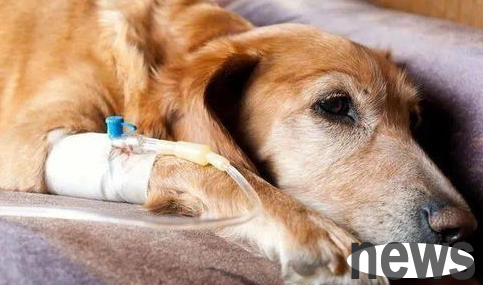Microsporidium canis is a common conditional pathogen in pets and can exist for a long time without causing disease. When the pet's skin barrier is damaged, excessive scratching or bathing, trauma, parasite infection, and low immunity, it can al...
Microsporidium canis is a common conditional pathogen in pets and can exist for a long time without causing disease. When the pet's skin barrier is damaged, excessive scratching or bathing, trauma, parasite infection, and low immunity, it can all be infected.

At first, when a small amount of infection was found, some inflammatory cells could be seen in the epidermis. As the infection worsens, it gradually invades hair follicles, mycelium and conidia invade the stratum corneum (hair shaft) of the skin and its appendages, causing scalping on the surface of the skin, hair loss, and increased secretions. This skin disease can occur in dogs and cats, accounting for about 30% of skin diseases of dogs and cats, and is mostly British shorthair cats and foreign shorthair cats.
After pets are infected with microsporidium canis, a few pets with strong immunity and good skin repair ability can repair themselves, and most of the sick pets need treatment. Before finding the cause, do not use topical medications on your own without examination and diagnosis, otherwise it will easily cause recurrence or even worsen the condition. It is recommended to take it to a local pet hospital for corresponding dermatology examination and consult a pet doctor for reasonable symptomatic treatment.

Once a microsporidium canis infection is confirmed, the treatment must be thorough, and some even require continuous treatment for more than half a year. In small animal clinical medicine, in addition to oral or injecting antifungal drugs, it has a good effect in treating microsporidium canis with topical medicinal baths. At the same time, we must actively improve pet physical fitness, rationally use unsaturated fatty acids, thoroughly disinfect the environment, and prevent recurrence.